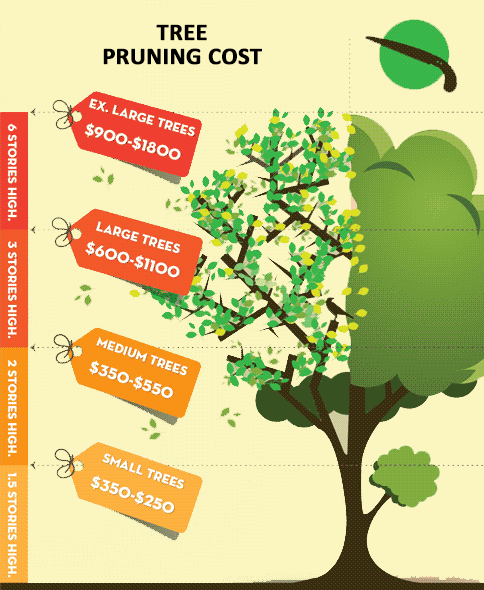Identifying The Requirement For Tree Elimination: A Guide For Homeowners
Identifying The Requirement For Tree Elimination: A Guide For Homeowners
Blog Article
Developed By-Mcmahon Noer
Trees add appeal and worth to home, yet they can additionally present a threat during extreme weather condition occasions. If a tree has actually quit expanding, is showing visible fungal growth, or has a leaning trunk, it must be gotten rid of by a professional to avoid home damages and injury.
To read more, attend a property owner resource fair co-hosted by HPD, the Facility for New York City Neighborhoods, and Brooklyn-based real estate partners this night in Bedford-Stuyvesant. The occasion will feature the Homeowner Manual, a new guide to help homeowners navigate the obligations of owning a home.
1. Dead or Perishing Branches
Trees are an important part of your home's landscape, offering color and elegance. They also provide sanctuary for wildlife and create oxygen, however even healthy trees can experience health issue that might require their removal. Dead or passing away trees aren't simply undesirable, they can be hazardous. https://hhcthug.w3spaces.com/growth-maintenance.html can drop during a tornado, leading to expensive property damage and injuries.
When a tree's branches begin to pass away, it means that its structure is starting to break down. If the majority of its branches are dead, it is likely time to remove it.
Try to find an absence of new development, bark peeling, open wounds or cavities, fungis growing on the trunk or origins and a basic look of degeneration in the whole cover. These signs of infection can indicate a major trouble that will certainly call for specialist tree solutions to resolve.
2. Leaning Trunk
While it's regular for trees to lean every so often due to phototropism, if a tree has a hazardous or serious lean that's not due to natural processes - maybe a sign that the tree needs to be removed. If growth' is leaning toward a power line, home, lorry, play structure or any other area that could be unsafe to individuals if it drops, then contacting a professional tree solution for elimination should be a top priority.
It's additionally crucial to look for any kind of sudden changes in a tree's leaning as it can show damages to the origins or trunk that might lead to dropping. This is especially real throughout stormy weather, considering that high winds and rain-soaked soil can trigger a lean to transform swiftly. Routine tracking, especially throughout and after storms can help home owners acknowledge possible issues with their trees so they can call an arborist for an extensive examination.
3. Insect Problem
Some pest invasions, such as wood-boring pests like emerald ash borer or sap-suckers like scale bugs, are so severe that they can cause a tree to die. The most effective method to stop pest infestation is to monitor your trees often. Look for https://www.golfdigest.com/story/golf-interrupted-covid-19-bob-parilla-jr , openings, or discolorations in the leaves and bark. Analyze the trunk for cracks and signs of insect damages, such as tunnels or tracks.
If a tree ends up being as well plagued with bugs, or is close to a home or high-voltage line, an arborist may suggest removal. If a leaning tree creates a new, unstable lean, an arborist will likely advise removal also to guarantee the security of individuals and property. If a weakened or dead tree constantly sheds too much branches, it is an indication that it is time to eliminate the tree. If a tree remains to shed branches for a prolonged amount of time, it could result in structural issues and possible property damage.
4. Damaged Trunk
Trees are a gorgeous and fundamental part of our landscape, yet they do need routine like keep them healthy and balanced and secure. If a tree is damaged irreparable it is likely time for it ahead down.
Try to find indications of damages to the trunk, including vertical splits, seams, dead branch stubs, noticeable wounds or open dental caries and extreme tree-rot. The visibility of fungis at the base of the trunk is one more advising indication. Fungi may show that the phloem and xylem (life-support cells) are compromised, allowing for the spread of illness or a future failing.
Likewise, consider whether the tree has stopped growing. Healthy and balanced trees will have brand-new development each year, which may be visible as buds or branches growing and expanding. If you do not see any kind of new growth, it's an excellent idea to have an arborist assess the tree and follow their referral for removal. A passing away or harmed tree can drop and cause residential property damage.